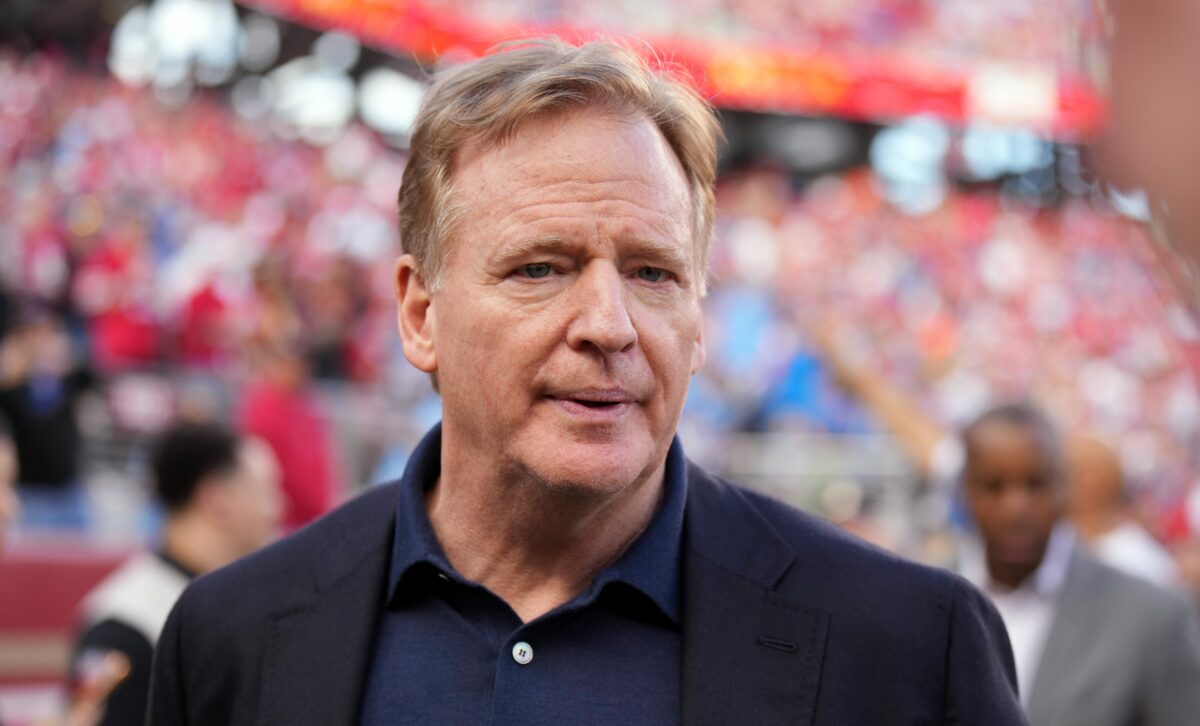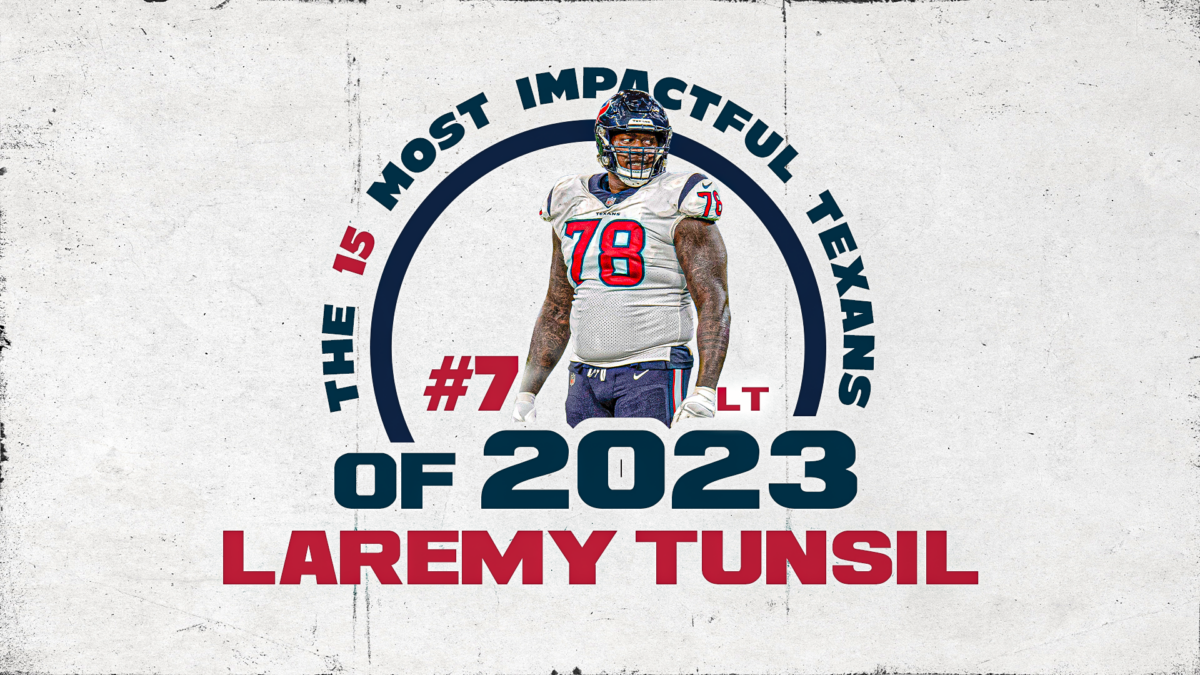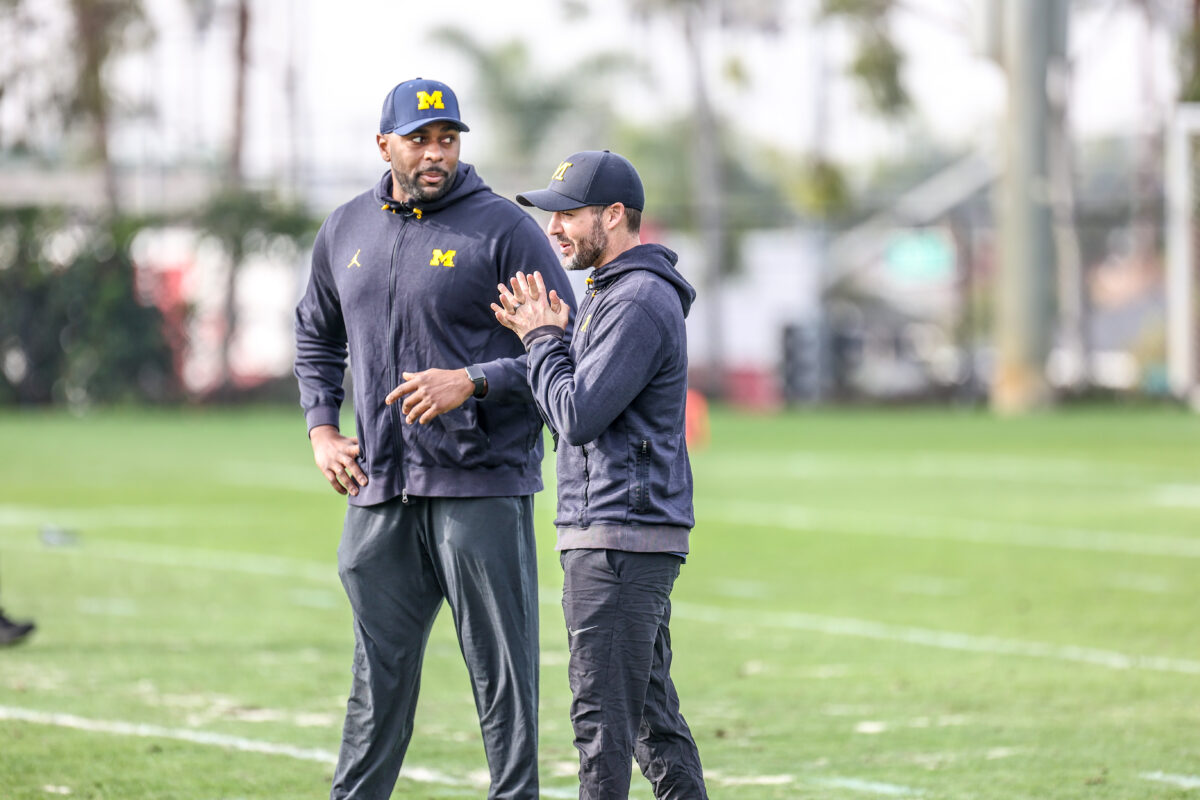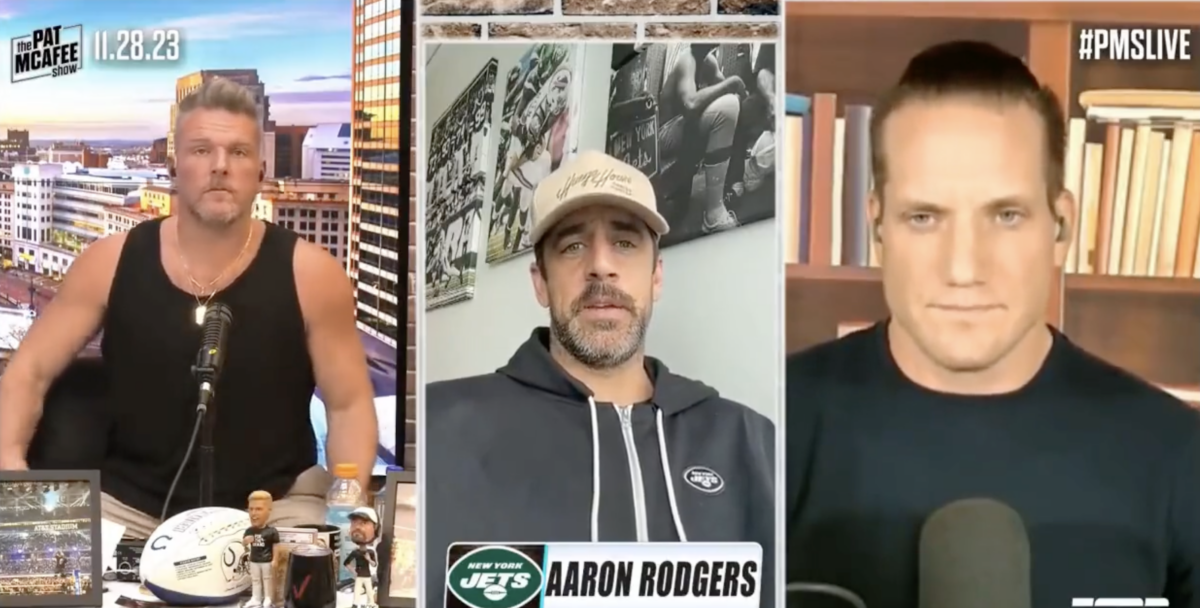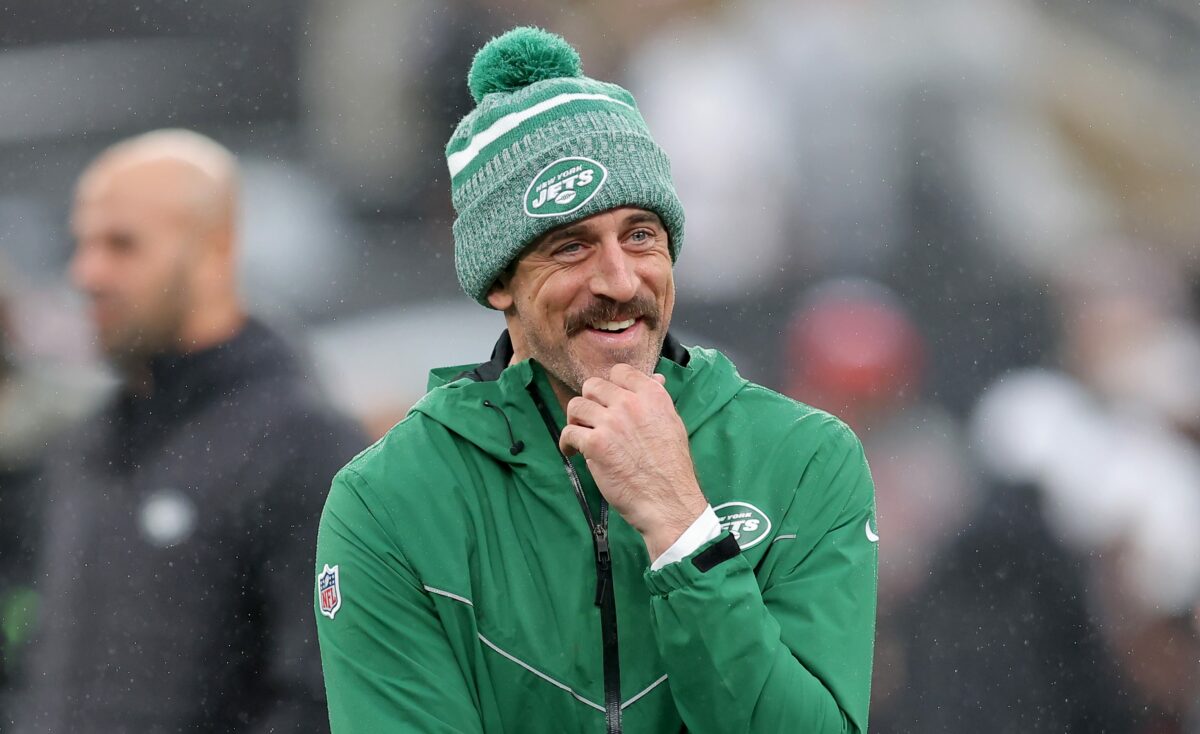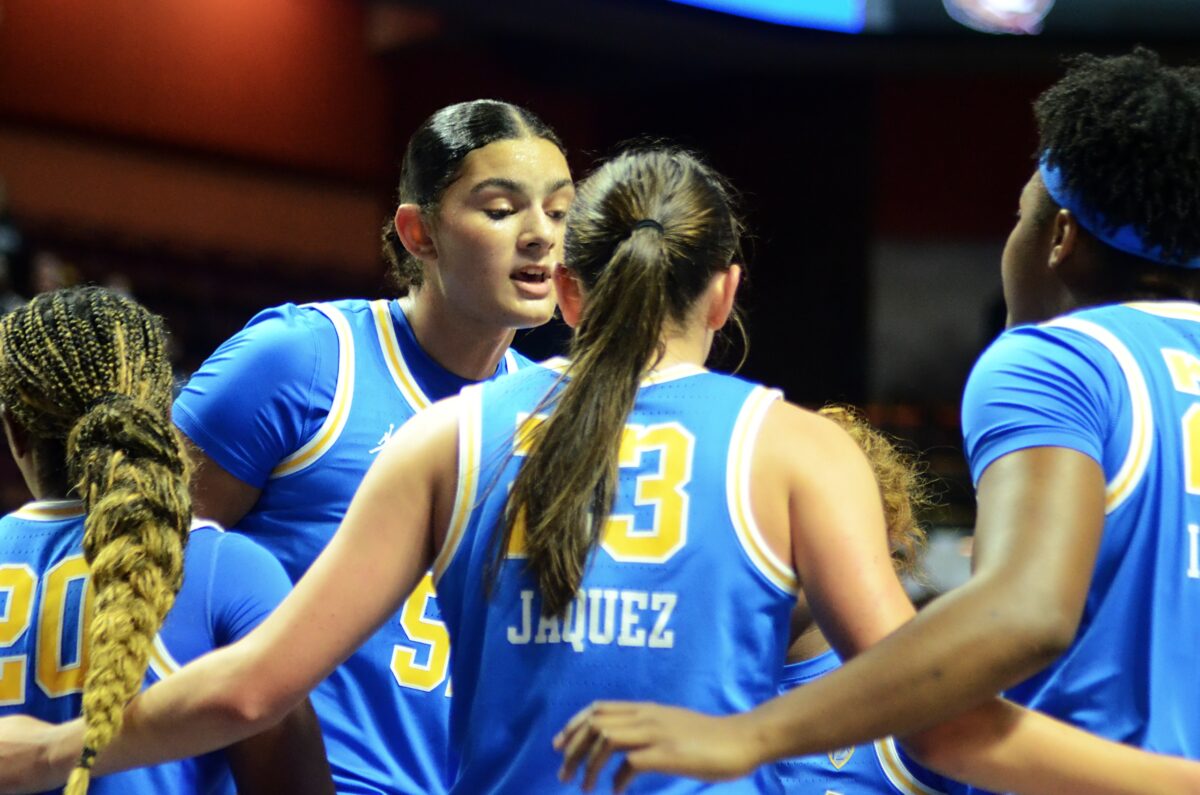The NFL season will kick off with a rare Friday night game and an even rarer trip to Sao Paulo, Brazil. The Philadelphia Eagles will face a yet-unnamed opponent — rumored to be either the Cleveland Browns, Atlanta Falcons or Green Bay Packers — in the southern hemisphere as the league makes its first official trip below of the equator.
That game won’t be on CBS or Fox, however. In fact, it won’t be broadcast on basic or premium cable anywhere. Like last year’s Wild Card game between the Miami Dolphins and Kansas City Chiefs, that showdown will be exclusively shown on NBC’s streaming platform Peacock.
It’s not the only important game to get paywalled this year.
🚨Exclusive Streaming Games for 2024 Season🚨
*Week 1 game in São Paulo, Brazil on Fri, Sept. 6 to stream on @peacock
*NFL Wild Card game to stream on @PrimeVideo
Release: https://t.co/VrULQE5wfX
— NFL Media (@NFLMedia) March 26, 2024
There is no way around this; this sucks. While Amazon Prime’s Thursday Night Football broadcasts have added value to the game with clear images, alternate telecasts and advanced stats, Peacock’s live streams are laggy, blurry and generally feel like a pilot program from 2015. January’s Wild Card game was like watching on tape delay, as gamecasts and tweets suggested the stream itself was two to three plays behind the live action at Arrowhead Stadium throughout the evening.
This isn’t just an issue regarding Peacock’s increasingly desperate attempts to gain an audience and correct a product that has hemorrhaged money since its inception. It’s another example of the NFL’s never-ending quest to wring every last drop of cash from its fan base.
A Friday night game is the latest experiment to prove a theory that has perpetually been proven right; fans will consume high quality pro football whenever, wherever and pay for the right to do so. Moving that game overseas allows the league to sidestep any antitrust concerns about competing with high school or college football since, hey, it’s not being held on American soil. Putting it on Peacock, with its penchant for unresponsive playback controls and streaming quality so inconsistent you’ll swear you’re watching on a Super Nintendo, only furthers that.
This moves empowers Prime Video as well. Maybe you felt comfortable skipping out on the traditionally underwhelming Thursday Night Football slate expensively acquired by the e-commerce giant two years ago — local games still get local broadcasts after all. Now you’re now faced with the loss of a playoff game if you don’t sign up. While the NFL won’t see any immediate cash from these newfound subscriptions, they’ll be a massive selling point the next time the league’s broadcast rights go up for sale.
The fact this all happened in the same wave of announcements that included the NFL’s intent to run a Wednesday doubleheader on Christmas day this winter — roughly three months after saying 2023’s Christmas slate was a one-off — was beautiful symmetry. Commissioner Roger Goodell extends his reach every year, waiting for the moment it exceeds his grasp. Every year, he grabs onto whatever goal he’s set and shakes as much cash as he can. Last year’s Peacock-exclusive Wild Card game was the most streamed event in American history and made up an estimated 30 percent of internet traffic that Saturday.
The NFL is forever in the midst of a calculus problem, only to find out the limit does not exist. It can attempt to pry Christmas from the NBA and make you pay to select Jacksonville Jaguars vs. Tennessee Titans from the same menu that includes all seven seasons of Bosch because no one has told the league it can’t. No matter how annoying this all is, it’s football.
We’ll still set viewership records even when the game is available exclusively through the Words With Friends app. We’ll stare down the television and clandestinely check our fantasy teams from the dining room table on holidays because there’s no one-step untangling of the game from our lives at this point.
So, yes, no one outside of a few select board rooms was asking for more games to be paywalled. And, yes, this stinks for the fans — especially the ones who lack the bandwidth to stream a game beyond the fuzziest of resolutions. But the NFL has no intention of leaving cash on the table, even if it means sacrificing quality along the way. Hell, that’s how we ended up with Fanatics as the league’s official apparel provider.
The NFL won’t stop pressing forward until it finds the limit where frustration overcomes quality. Maybe 2024 will be the boundary. But based on how successful the league’s last two forays into paywalled streaming have been, I doubt it.

